A recent inaugural seminar heard how doctors are increasingly using new evidence-based techniques and therapies to bring aesthetic solutions to patients
The seminar, which was titled ‘International Dermatology Surgery Summit (i-DASS) — New Concepts in Fillers and Threads: A Three-Dimensional, Combined Approach to Facial Restoration’, featured a range of specialists in their fields who shared their expertise in dermatological aesthetic treatments and scientifically-proven therapies for patients who require these services. The seminar also featured practical demonstrations of surgical procedures and interactive Q&A sessions.
The speakers included Dr Mukesh Lalloo, Aesthetic Doctor at the Cosmetics Aesthetics Clinic in Dublin; Dr Sean Fitzpatrick, Aesthetic Doctor at the Natural Look Clinic in Dublin; Dr Janice Brady, Consultant Ophthalmologist at Waterford Regional Hospital and the Eye and Face Clinic in Waterford; Mr Colin Riordan, Consultant Plastic Surgeon at the Blackrock Clinic and Aesthetic Institute, Northbrook Clinic, Dublin; and Ms Anna Gunning, Aesthetic Nurse at the Laser and Skin Clinic in Dublin. The seminar’s international guest speaker was Dr Vincent Wong, Aesthetic Doctor at the VinDoc Clinic in Harley Street, London.
The event, held on a virtual platform, was introduced and attendees welcomed by Mr Fergus Gallagher, Head of RELIFE Aesthetics Ireland; Dr Steven Kusmanto, RELIFE Global Marketing Director; and Ms Michele Curtin, RELIFE Aesthetic Key Account Specialist. The attendees also heard about the RELIFE-ICme platform, an initiative that offers doctors expert online training and education in the increasingly expanding field of aesthetic medicine. The seminar was moderated by Dr Maurizio Cavallini, Specialist in Plastic Surgery in Milan, Italy; and Dr Giovanni Salti, Cosmetic Surgeon at the Institute of Medlight in Florence, Italy.
Mr Gallagher welcomed the attendees and explained that the dermatology-focused RELIFE Aesthetics company is part of the A.Menarini group, which is currently celebrating 20 years in the Irish market, with its most recent iteration being the RELIFE Aesthetic division. “We are focused on providing patient-centered care with a science-based approach,” he said. “This means working with healthcare professionals like you to bring conscious innovation and solutions to meet patients’ needs through the development and manufacture of innovative and tested products, as well as continued support for aesthetic healthcare professionals in the form of training and education. Through i-DASS, you can get a glimpse of what is possible through a partnership with RELIFE,” said Mr Gallagher, adding that all the event’s speakers are RELIFE trainers.
Hand-in-hand
Dr Kusmanto provided the attendees with an overview of the activities of RELIFE and the A.Menarini group and the meeting objectives. “The world of dermatology and aesthetic medicine really is multi-specialistic and we need to work hand-in-hand to help these patients,” he said. Dr Kusmanto also provided an overview of RELIFE products in a range of skin treatment areas and described the RELIFE ‘5R approach’, which comprises DefinisseTM Filler (REstore), a hyaluronic acid dermal filler used for the correction of fine to deep wrinkles, restoration of volume and redefinition of facial contours; DefinisseTM Peel Program (REsurface), which is a bespoke, multi-level skin resurfacing chemical peel program dedicated to the needs of different skin types in a range of indications and which complements other treatments, such as DefinisseTM hydrobooster (REboost) for skin revitalisation; and Pigment SolutionTM Program (REtone) and DefinisseTM Threads (REshape), which is a suture thread and a class III resorbable synthetic surgical medical device. These combine to comprise the ‘5R Approach’ (REstore, REsurface, REboost, REtone and REshape), which brings a new approach to combining existing medical expertise with training and effective, evidence-based therapies (see Figure 1).

“We thoroughly research our products and publish the scientific findings in peer-reviewed international medical journals, so you can rest assured that when working with RELIFE and the A.Menarini group, we ensure high-quality products that medical professionals such as yourselves can trust,” said Dr Kusmanto.
In the meeting section titled ‘DefinisseTM Peel Program (REsurface)’, Ms Curtin addressed attendees on a product overview. She delivered a top-line presentation on the DefinisseTM Peel Program and the 5R Approach, and outlined the potential for combining these treatments. “Derma fillers restore the skin, creating volumes and folds,” she told the attendees. “DefinisseTM Threads reshape the skin, creating curves and contours. DefinisseTM hydrobooster hydrates and improves the elasticity of the skin; Pigment SolutionTM Program re-tones the skin by managing hyperpigmentation,” she continued.
“DefinisseTM Peel Program resurfaces the skin; it is a simple and ready-to-use three-step program — the first step is the choice of either a dry skin pre-peel or an oily skin pre-peel. The second step is the choice of either the classic peel or the lightening peel, and the third and final step is the DefinisseTM neutralising buffer.” She explained that the classic peel allows a multi-level synergistic action due to its main components — salicylic acid, pyruvic acid, and retinoic acid. The DefinisseTM lightening peel also provides a multi-level synergistic action because it incorporates the same main components, but contains two extra ingredients to provide an extra lightening action, she said.
“This synergistic effect is due to the components acting on superficial skin layers,” said Ms Curtin. “This synergy has allowed for a diminished concentration of each ingredient in the peel formulation, reducing damage to the skin structures treated and promoting faster repair of the skin.”
In the same section, Ms Gunning spoke on the theme ‘Anatomical Insight: Resurface to Optimise your Treatment: DefinisseTM Peel Program Synergistical Effect’. Ms Gunning, who has some 16 years of experience in using peels, told the meeting that the DefinisseTM Peel Program “will be very beneficial if you are starting to use peels in your in-clinic practice or if you perhaps don’t have much experience with skin peels — it’s a very simple, easy to use program that will address your patients’ needs without complicated financial spend for your clinic”.
She outlined the contents of the peel program and said: “There are so many peels on the market that contain one ingredient, and you will find that is quite limiting when you are treating your patients. This DefinisseTM Peel Program contains salicylic acid that exfoliates dead skin on the stratum corneum and thereby eliminates damaged degenerative cells which are then replaced with new, healthy skin cells,” Ms Gunning told the seminar.
“It also incorporates trans-retinoic acid, which acts as a stimulator and will activate the fibroblasts; as we age, everything slows down, so we want to stimulate the skin as much as we can with our products, but also with our treatments. Then there is the pyruvic acid, which acts as an antimicrobial, especially for the acneic skin types, and reduces sebum and induces collagen in the skin. So the combination of ingredients can be used to treat
many different concerns for your patients, which you can explain to them in your consultation.”
Ms Gunning’s presentation was followed by a pre-recorded demonstration of the before-and-after effects on a patient who underwent the DefinisseTM Peel Program procedure.
Melanogenesis
In the same section, Dr Wong delivered a talk on the topic, ‘Multi-modality Approach in Inhibiting Melanogenesis: Introducing the Concept of REsurface, REtone and REboost’. Dr Wong provided an overview of the process of melanin production and told the meeting: “It’s very important to understand the melanin pathway and the impact it has on patients. For these treatments, you don’t necessarily have to select patients with severe hyperpigmentation, but it is better to start treatment early and prevent this from happening,” he told the meeting.
For a patient with hyperpigmentation, the lightening peel period of treatment can be extended as appropriate and Dr Wong presented case studies to demonstrate the improvements typically seen when the DefinisseTM Peel Program is systematically combined with the DefinisseTM hydrobooster in a 14 day treatment leading to a REsurface and REboost. This included patients with hyperpigmentation and acne. “If you were to continue these treatments for 28 days or even longer, you could achieve even better results,” he said. Dr Wong’s case studies demonstrated visible and significant improvements in the under-eye areas, as well as cheek and forehead regions, with noticeably decreased pigmentation.
“The combination of the DefinisseTM lightening peel, Pigment SolutionTM Program and DefinisseTM hydrobooster is very effective in inhibiting melanin production and improving the overall skin quality,” Dr Wong concluded. “This requires a lot of patient commitment. I often tell my patients that nothing happens overnight and the effects will take time to build up. I often find that patient compliance increases if they know what you are doing, so patient education is very important.”
The next section in the meeting was titled ‘DefinisseTM Filler Range’ and attendees first heard from Ms Curtin, who provided product details on the filler range, which incorporates XTR Three-Dimensional Reticulation technology and produces long-lasting results. The three-step process comprises pre-treatment, cross-linking of molecular weights, and finally a purification process. “All DefinisseTM Filler come in a premium-quality syringe that allows for a low extrusion force, which aids a smooth and predictable injection for the user and the patient,” said Ms Curtin.
Next to address the seminar was Dr Fitzpatrick, who delivered a talk on ‘Anatomical Insights, Tips and Tricks: Lips and Perioral Area’. Dr Fitzpatrick provided a clinical overview of facial skeletal foundation, musculature, and the process of blood supply to different facial areas, as well as the process of perioral ageing. He pointed out the ever-increasing popularity of lip and perioral procedures and explained that lips and perioral areas comprise a large proportion of presentations to his clinic.
We thoroughly research our products and publish the scientific findings in peer-reviewed international medical journals
Dr Fitzpatrick synopsised the anatomical considerations to take into account before performing any procedure and said: “Don’t be above asking your patients about their relationship with social media. Especially in younger females and males, they will inevitably have formed an idea of what they consider to be the ‘perfect lip’ and they will have photos to show you,” said Dr Fitzpatrick. “This is really important, not only for your treatment planning, but also to manage any unrealistic expectations they might have.”
Older patients are more likely to want to rejuvenate their lips and perioral area, he told the seminar, rather than seeking to beautify or accentuate them. “We need to take a combined approach in this setting and it’s important that we broaden our discussion with patients to go beyond fillers and talk about chemical peels and micro-needles and the various cosmeceuticals that are available to them,” explained Dr Fitzpatrick.
“Bear in mind that you will be in a time-sensitive setting, so be very focused when taking medical history,” he continued. “I have introduced screening for body dysmorphia in my clinic… examine the lips, use a whole-face approach and make sure you have proper informed consent an d, very importantly with lips, get your patients to take out their phones and show you what they hope to achieve.” Dr Fitzpatrick’s presentation was followed by a pre-recorded demonstration on the application of lip and perioral restoration using DefinisseTM touch filler.
Mid-face
Dr Lalloo next addressed the attendees on the theme, ‘Anatomical Insight, Tips and Tricks: Mid-face’. Dr Lalloo has been administering aesthetic injections for 20 years and has performed more than 15,000 filler procedures. He provided an overview of zygomatic and malar anatomy and described the importance of the middle-third area of the face in terms of overall aesthetics.
“In the mid-cheek, we basically have five compartments: The infra-orbital; the superficial medial cheek fat; nasal labial fat; mid-cheek fat; and lateral cheek fat,” he said. “These become deficient as we age. They are an important part of mid-face volume restoration — I tend to treat these secondary to the deep pads, as generally, the deep pads give you a better result sooner, and I generally come to these pads on a second session, once I have done a volume restoration at the deep layer.”
He outlined the composition of the deep fat compartments and told the seminar: “I don’t inject the buccal fat pad but the medial, lateral and deep medial cheek pads are the foundations of our cheek and help to elevate and project our cheeks in a more aesthetically-pleasing way.”
He explained that injecting deeply along the periosteum is a useful technique and told the attendees: “When you are doing these injections, you inject slowly and carefully along the bone in small amounts, with minimal pressure, and observe the changes that you will see,” he said. “For this purpose, I tend to use DefinisseTM REstore, because I think it provides a very nice sculpting effect. You could use DefinisseTM core, which has a higher G-prime, which provides a better lift, but depending on your patient, DefinisseTM REstore is a good place to start, as it is a mid-range filler that provides a nice result.”
Next to address the seminar was Dr Brady, who delivered a presentation titled ‘Anatomical Insight, Tips and Tricks: Periorbital and Tear Trough Area’. She told the meeting that this is a difficult area to treat because “the anatomy is unforgiving, but also, the eyes are very much the aesthetic epicenter of the face. If you make a mistake or over-treat, the patient won’t be happy and even if there isn’t a complication, they may come back to you.”
Dr Brady discussed the changes in this area in the ageing face and the anatomy of the region, how to assess patients appropriately, how to prepare them for a procedure, as well as techniques and pitfalls. She also explained the importance of clinical photos: “The greatest failure in a practice can be not taking really good, accurate, well-lit clinical photos before and after to show the difference,” said Dr Brady.
The combination of the DefinisseTM lightening peel, Pigment SolutionTM program and DefinisseTM hydrobooster is very effective in inhibiting melanin production and improving the overall skin quality
Summarising her advice, Dr Brady said: “My top tips are, it’s really important to treat the mid-face first, because often, you can use less volume in the tear trough and the patient will get a more natural result… at the beginning of all my consultations, I go through their skin care routine and optimise it for them. Under-treat, because all dermal fillers attract a little water and you can see the result a little down the line, and of course filler choice is important.”
With regard to avoiding vascular occlusions and vision loss, Dr Brady said: “Use a cannula, aspirate, and inject low volumes slowly.”
Combination treatment
The final section of the seminar was titled ‘DefinisseTM Threads and DefinisseTM Filler’ and attendees heard from Mr Riordan, who spoke on the theme ‘Anatomical Insight: How to Combine Filler and Threads for a Complete Facial Redefinition’. Mr Riordan discussed case studies from his clinic and noted the trend away from invasive surgical procedures over the years towards simpler and less traumatic aesthetic procedures.
Speaking about DefinisseTM Threads, he said: “If we use a tensiometer, we see that these threads seem to have a stronger composition in terms of failure compared to some of the other products on the market. That’s also seen in terms of deformation or force applied to the thread, and we see that with some of the other products, they deform or elongate at lower forces. It’s obviously important to me as a surgeon that when I’m putting something into someone’s face that I have confidence in the product, and I’m certainly very satisfied with the threads from RELIFE.”
Mr Riordan stressed the importance of precise awareness of where threads should be placed in terms of facial layers. “It’s really important that the threads are placed in subcutaneous tissue,” he told the seminar. “They should not be placed deeper than this layer, and that’s critical for correct placement.”
Mr Riordan continued: “There are retaining ligaments that come up from the periosteum, somewhat like a tree, and they pierce through this mass and go up into the dermis. These are what help to anchor the thread and provide the tension and the lift when they are placed. Threads are generally quite safe, but to avoid complications, it’s really important that one understands the correct layer.”
Closing the summit, Mr Gallagher thanked the speakers and attendees and expressed his hope that in partnership with trained physicians, RELIFE can continue to help improve results for patients undergoing aesthetic procedures in Ireland.
The products referred to in this article are available from United Drug. If you are interested in these products or would like more information, please contact A.Menarini, who will assist in setting up an account. Enquiries can be made through Ireland@menarini.ie.
IE21011
IR-RA-27-2021. Date of item: Apr 2021
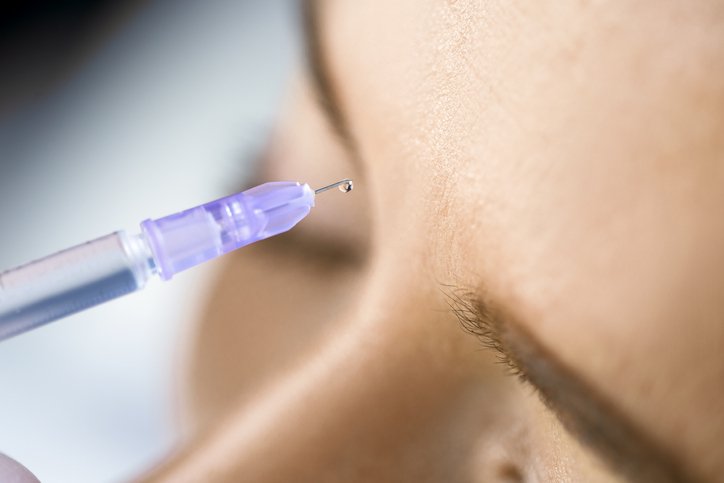
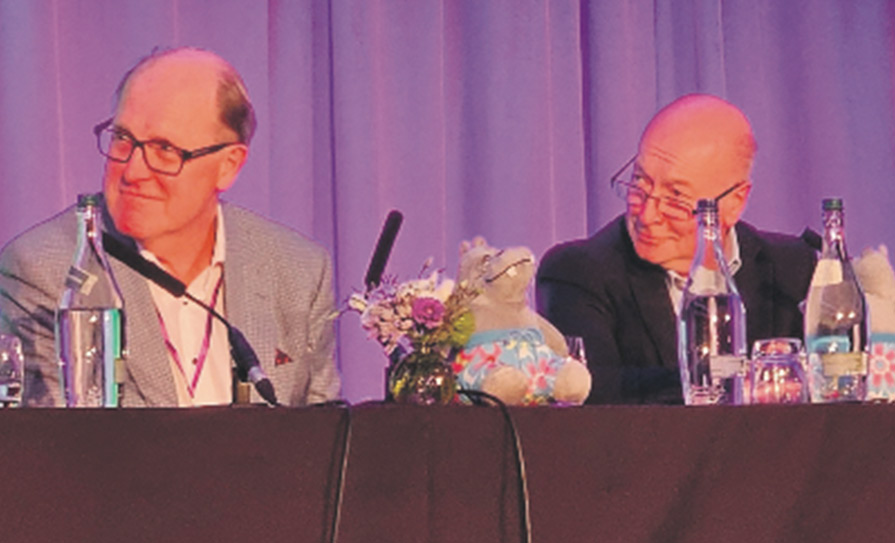
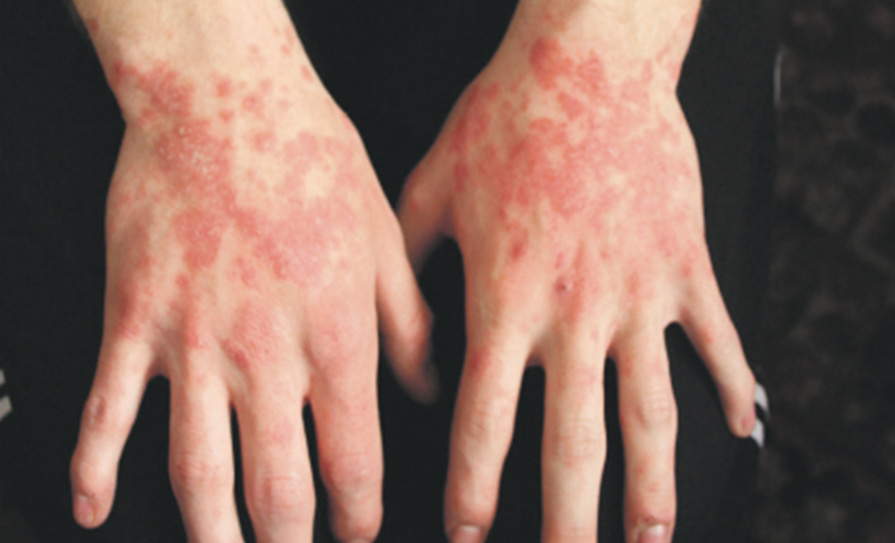

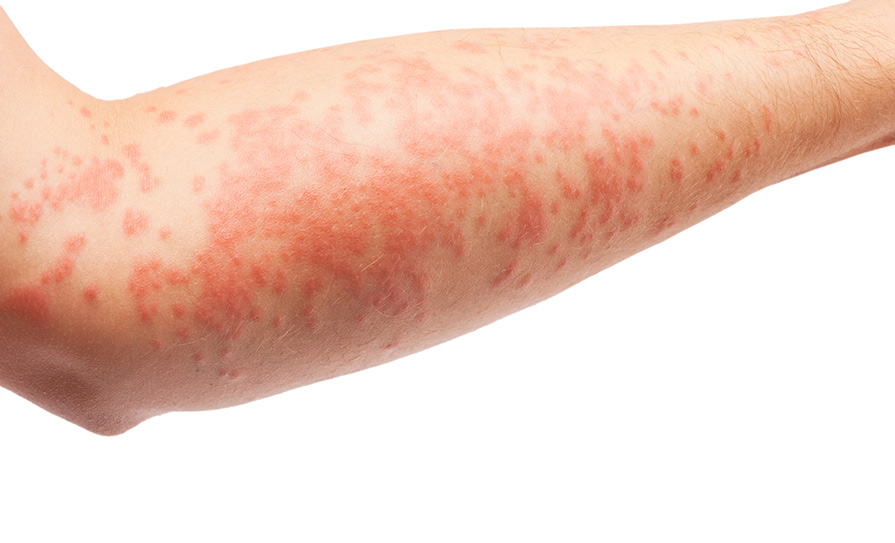
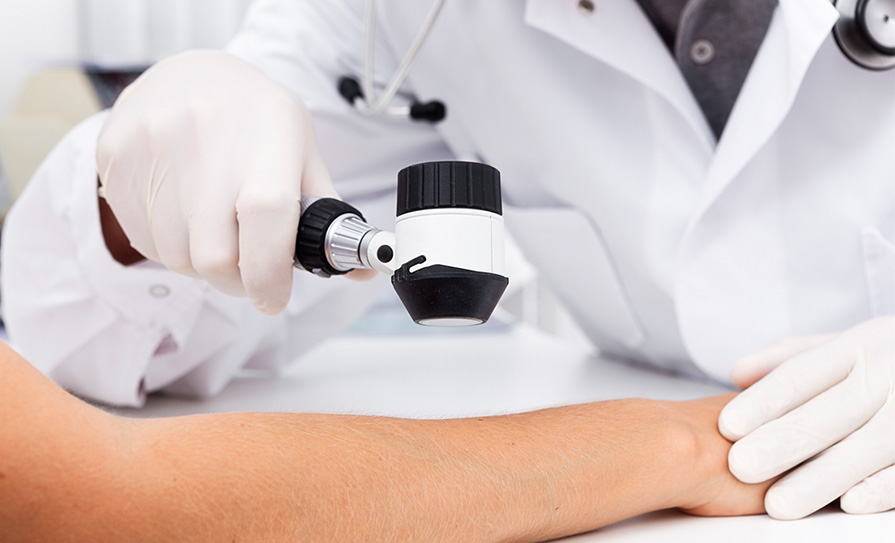

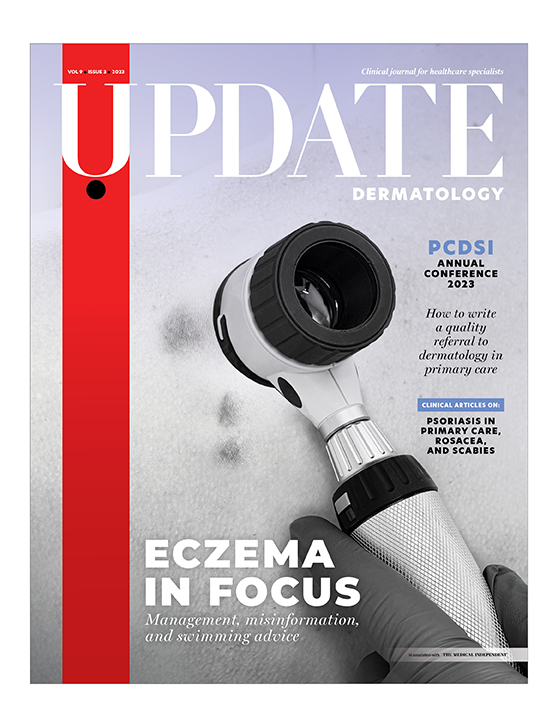
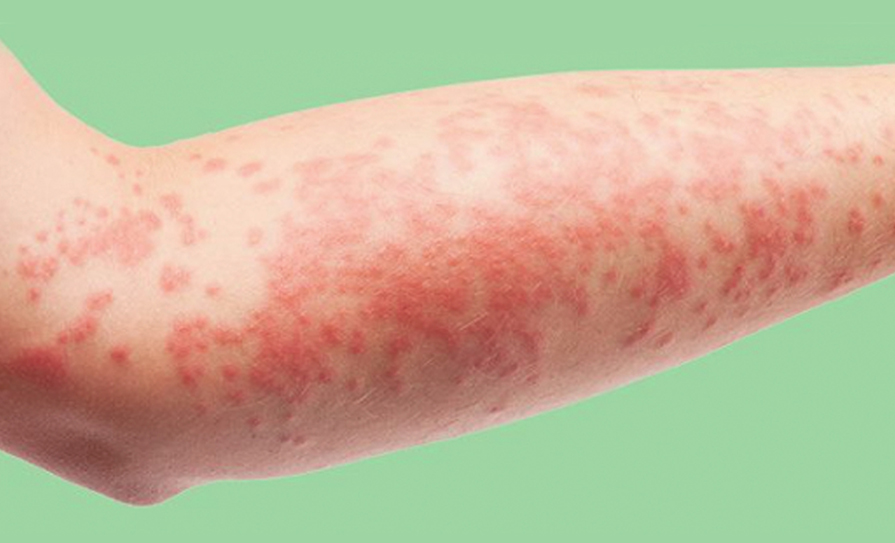




Leave a Reply
You must be logged in to post a comment.